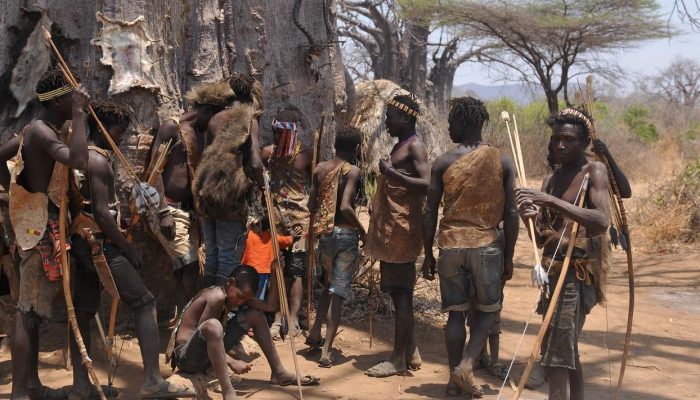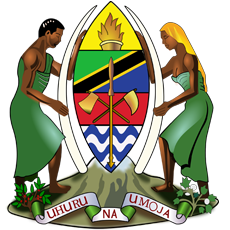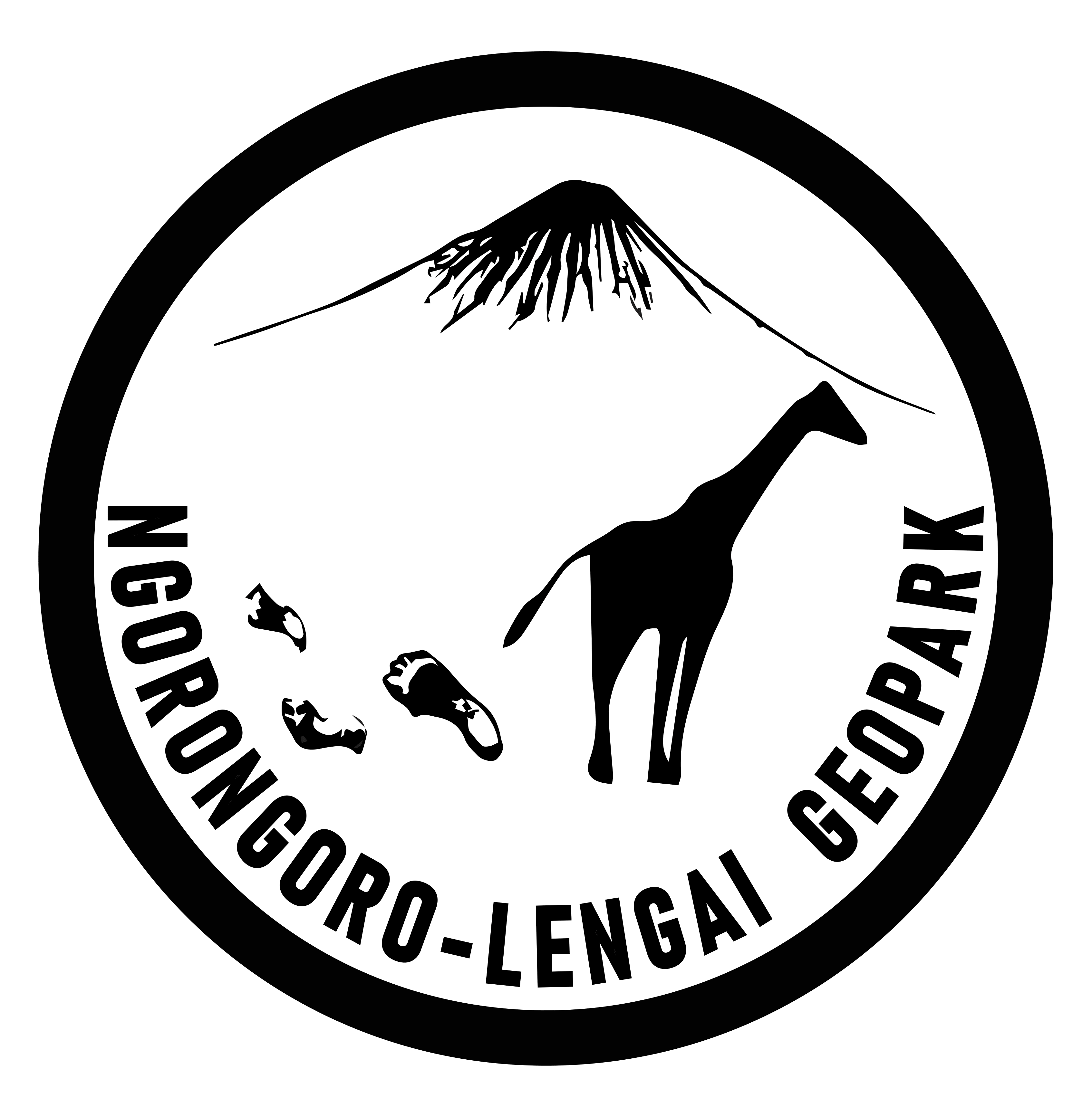Cultures
The history of cultural diversity in these areas spans many millennia, from the time that hominids first inhabited the area to 19,000 years ago, when modern human activities were first discovered at Engaresero, Engaruka, and the Ngorongoro Crater.













